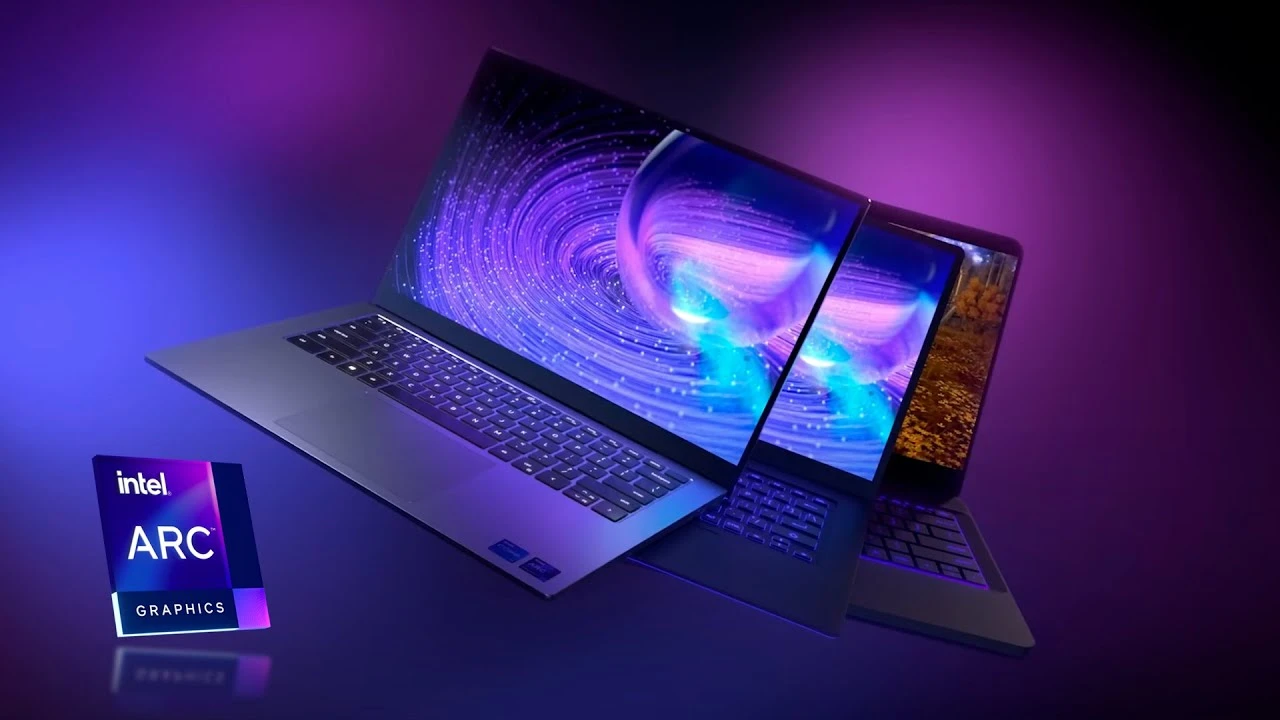Clarification Post on Comparing the RTX 5070 to the RTX 4090
We’d like to share an important clarification regarding the comparison between the performance of the RTX 5070 and the RTX 4090. Initially, we thought this statement applied to all areas, including gaming and professional industries like design and rendering. However, it seems the comparison is specifically related to gaming.
The Difference Between Gaming and Industry Use:
In Gaming:
With DLSS 4.0, the RTX 5070 can deliver performance very close to the RTX 4090 in supported games. This is because DLSS relies on AI to enhance display quality while reducing the load on processing power.
In Industry and Design (such as Unreal Engine or 3D design software):
Performance depends on the raw power of the GPU (number of cores, VRAM capacity, and heavy computation performance). Here, the RTX 4090 clearly outperforms due to its higher capabilities, making it suitable for large-scale professional projects.
Conclusion:
When comparing the RTX 5070 to the RTX 4090, we must understand that this efficiency comparison is limited to gaming and does not extend to professional design or industry tasks.
We apologize for any confusion caused by our earlier interpretation, and we always strive to provide accurate information to benefit the gaming, tech, and professional communities.
Feel free to share your thoughts and experiences on the difference in performance between gaming and professional use!
Clarification Post on Comparing the RTX 5070 to the RTX 4090
We’d like to share an important clarification regarding the comparison between the performance of the RTX 5070 and the RTX 4090. Initially, we thought this statement applied to all areas, including gaming and professional industries like design and rendering. However, it seems the comparison is specifically related to gaming.
The Difference Between Gaming and Industry Use:
In Gaming:
With DLSS 4.0, the RTX 5070 can deliver performance very close to the RTX 4090 in supported games. This is because DLSS relies on AI to enhance display quality while reducing the load on processing power.
In Industry and Design (such as Unreal Engine or 3D design software):
Performance depends on the raw power of the GPU (number of cores, VRAM capacity, and heavy computation performance). Here, the RTX 4090 clearly outperforms due to its higher capabilities, making it suitable for large-scale professional projects.
Conclusion:
When comparing the RTX 5070 to the RTX 4090, we must understand that this efficiency comparison is limited to gaming and does not extend to professional design or industry tasks.
We apologize for any confusion caused by our earlier interpretation, and we always strive to provide accurate information to benefit the gaming, tech, and professional communities. 😊
Feel free to share your thoughts and experiences on the difference in performance between gaming and professional use! 🎮💻









